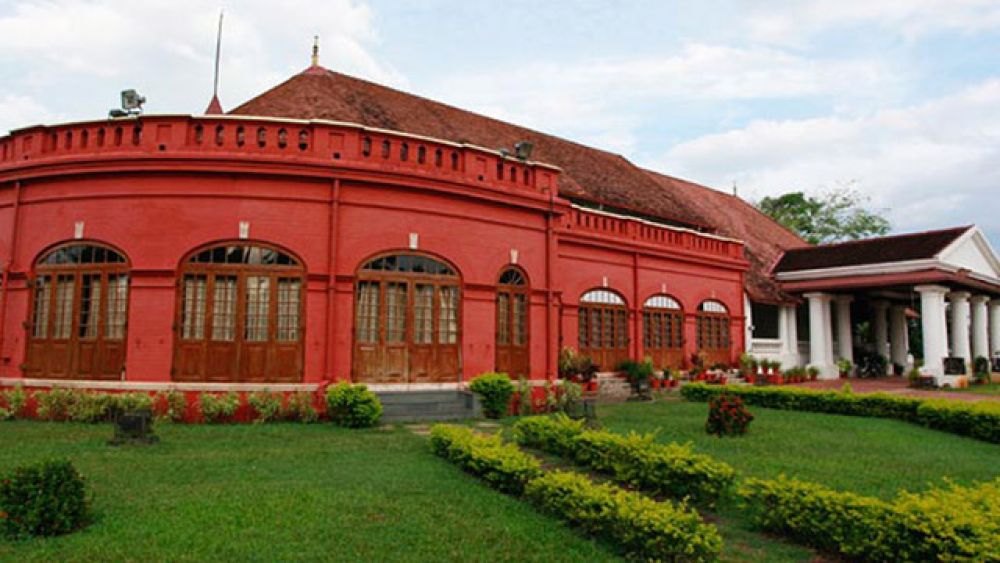

The Kanakakunnu Palace, nestled in the heart of Trivandrum (Thiruvananthapuram), serves as an embodiment of Kerala's rich cultural tapestry and historical heritage. This palatial landmark stands as a testament to the erstwhile princely state of Travancore's opulence.
The construction of the Kanakakunnu Palace dates back to the reign of the Travancore monarchy. It was during the rule of His Highness Sree Moolam Thirunal that the palace came into existence. Originally, the palace was intended to serve as the royal family's retreat for leisure and entertainment activities. Over the decades, the regal charm and architectural elegance of the palace have attracted visitors from across the globe, cementing its position as a pivotal attraction in Kerala's tourism narrative.
With the end of the royal rule and the integration of princely states into the modern Indian republic, assets such as the Kanakakunnu Palace became part of the country's historical heritage. The palace, with its intricate work and classic architectural style, is now protected by the Indian National Trust for Art and Cultural Heritage (INTACH).
In the early years following India's independence, the palace was still an offbeat location for travelers. However, cultural and historical enthusiasts slowly began to recognize the allure of the Kanakakunnu Palace. Tourism gained momentum with Kerala's concerted efforts in promoting its 'God's Own Country' campaign, and significant investment in showcasing the state's cultural heritage sites.
The palace and its surrounding areas saw a renaissance as infrastructure was developed, with facilities being added to cater to the needs of domestic and international tourists. As tourism flourished, Kanakakunnu Palace became a favored venue for cultural events, including classical dance and music festivals. The palace's Nishagandhi open-air auditorium plays host to the annual Nishagandhi Dance Festival, drawing performers and viewers from across the globe to a spectacular showcase of traditional Indian dance.
In recent years, the Kanakakunnu Palace has observed evolving tourism patterns. There is a growing interest in experiencing local culture, sustainable tourism, and responsible travel. Tourists are seeking more than just a visual tour; they are looking to immerse themselves in the historical context and cultural significance of the places they visit.
Interactive Tourism: Tourists at Kanakakunnu Palace can often be seen engaging with local guides and experts to delve deep into the palace’s past, the architecture, and the lifestyle of the royals of Travancore. This interactive form of tourism enriches their understanding and appreciation of the site.
Cultural Immersion: With the rise of cultural festivals and events on palace grounds, visitors are encouraged to partake in an authentic portrait of Kerala's heritage through performing arts, thus further enhancing the cultural immersion experience.
Digital Engagement: Leveraging technology, virtual tours and augmented reality experiences are increasingly becoming part of the visitor experience, catering to a younger audience that prefers digital interaction.
With its combination of historical significance, cultural depth, and the serene environment, the Kanakakunnu Palace continues to be a mainstay in Kerala's touristic offerings, attracting visitors year-round who are looking to experience a slice of India's bygone royal era amidst the backdrop of Trivandrum's modern urban landscape.